
|
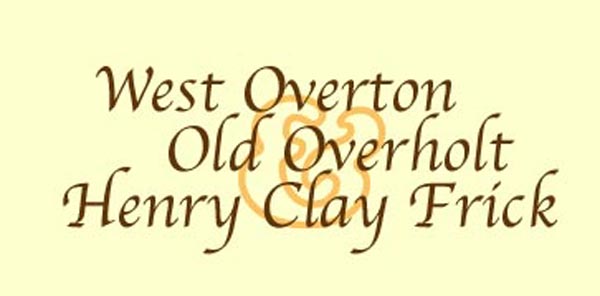
|

|

|
The Palatine MigrationUntil about 1871, Germany was made up of sovereign states which were constantly at war. All of the men were subject to draft. Beyond this, they were heavily taxed and were forced to follow the religion of the ruler. Inheritance laws were unfair; property was to be equally divided among all the sons which resulted in the fragmentation of farms into lots too small to support a family. Daughters were left with little to contribute to their support.The land bordering the Rhine River was known as the Palatinate, and the people known as Palatines. In 1709, thousands of these Palatines left their homes and went down the Rhine River to Rotterdam. They petitioned the English Crown for sanctuary. The English granted this petition. Refugee camps were set up outside of London, and in Ireland. The Palatines waited in these camps until they could find passage on boats to America.
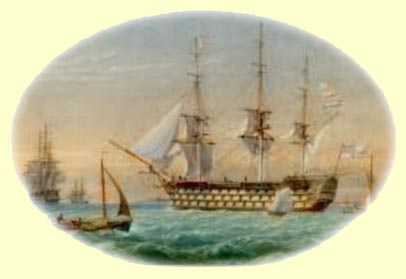
|
The Oberholtzer familyMarcus Oberholtzer (1664-1726) left Germany as part of the Palatine Migration. His wife and 6 children accompanied him. His 7th child, a son named Martin, was born in the refugee camp in England. Two months after Martin's birth they were able to book passage to the new world.The journey was long and difficult. Passengers were crowded below decks with no privacy or sanitation and the ship's captains only brought aboard enough provisions for the estimated voyage. Any time beyond this, and the passengers went hungry. Many died en route, especially children. The Overholtzers were lucky, they all - even the infant Martin - survived the voyage. Their boat veered slightly off course and they landed in New Castle, Delaware. The family walked from New Castle to Germantown (Philadelphia) Pennsylvania and settled there.
Thus, in 1800 Henry Overholt (he had now Americanized the name) took heed of his brother's advice and moved his family of 12 children - some of them married and ready to settle on their own - west over the National Road in 30 wagons. With them were some neighbors and workers. Henry bought 260 acres of land and set up a working farm. He built a main house, spring house and housing for the workers. Of these buildings, the spring house, outdoor kitchen and smoke house are still standing. 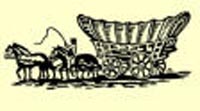
|
WHISKEY BUSINESS Henry planted rye, and built a gristmill and a distillery, both to process the rye. At that time every farmer had a still on his property to make whiskey for its medicinal purposes. Water was purified by adding whiskey. Toothache? One drank some whiskey to dull the pain while the tooth was pulled, and the whiskey guarded against infection. Most home remedies were made with an infusion of herbs in whiskey.
Henry planted rye, and built a gristmill and a distillery, both to process the rye. At that time every farmer had a still on his property to make whiskey for its medicinal purposes. Water was purified by adding whiskey. Toothache? One drank some whiskey to dull the pain while the tooth was pulled, and the whiskey guarded against infection. Most home remedies were made with an infusion of herbs in whiskey. Henry's son Abraham, took over the distillery and enlarged the building. He was able to make 10 times as much money from the whiskey as his father made from selling the rye as grain.
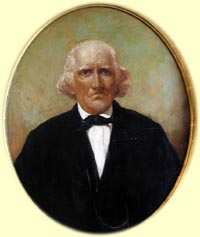
|
Henry Clay Frick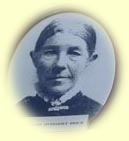 Abraham and his wife had 8 children. Their daughter Elizabeth married a local farmer, John W. Frick, and the young couple lived with Abraham during the early years of their marriage. After their daughter was born, they moved into the spring house on Abraham's property and it was there that their second child, Henry Clay Frick was born. They named him for the orator, Henry Clay, thinking that being named for a famous man would inspire their son to do great things with his life.
Abraham and his wife had 8 children. Their daughter Elizabeth married a local farmer, John W. Frick, and the young couple lived with Abraham during the early years of their marriage. After their daughter was born, they moved into the spring house on Abraham's property and it was there that their second child, Henry Clay Frick was born. They named him for the orator, Henry Clay, thinking that being named for a famous man would inspire their son to do great things with his life. But Henry's grandfather was an even stronger influence on his life. Henry saw his hard work, his frugality, and vowed he could do as well, or better. 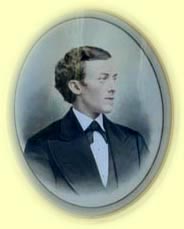 As a teen ager, HC Frick worked in a general store near the farm, and later, at the general store of an uncle in Mt. Pleasant. Finally, he went to Pittsburgh to learn accounting. He went to school but at the same time also clerked in Eaton's, a big Pittsburgh department store. When he fell ill his grandfather brought him home and nursed him back to health. After that, Henry worked as an accountant for his grandfather. As a teen ager, HC Frick worked in a general store near the farm, and later, at the general store of an uncle in Mt. Pleasant. Finally, he went to Pittsburgh to learn accounting. He went to school but at the same time also clerked in Eaton's, a big Pittsburgh department store. When he fell ill his grandfather brought him home and nursed him back to health. After that, Henry worked as an accountant for his grandfather.Henry once remarked to his grandfather, that if he, Henry, had the money to work with, he could do much better with it. Abraham must have resented the remark, because when he died, he left nothing to Henry. |
Coal and Coke
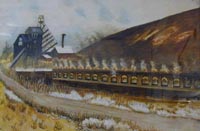
Henry believed that there was money to be made from coke. The area was rich in bituminous coal. If he built the ovens to convert the coal to coke, and then shipped it to the steel mills in Pittsburgh, he could make a great deal of money. He borrowed money from his grandmother and his Aunt Barbara, in the amount of $75,000. He later borrowed $20,000 from Mellon Bank in Pittsburgh. He built his string of coke ovens. By 1879 he controlled 35,000 acres of coal, and owned 15,000 coke ovens.
Andrew Carnegie needed the coke for his U.S. Steel works. He entered into a partnership with Frick in 1881, which guaranteed his steel mills with a continuous supply of coke. In 1889 Henry Frick became the chairman of the Carnegie Company and reorganized it into one of the world's largest coke and steel operations.
To his 31-year-old daughter Helen Clay Frick he gave $6.5 million to be spent for charitable and educational purposes, and she created the Frick Art Reference Library in New York, as well as the University of Pittsburghs Frick Fine Arts Department, Frick Art Reference Library and the Frick Fine Arts Building that contain them. Later, she built and endowed the Frick Art & Historical Center at Clayton, willing that the house would become a museum to show how the family lived there. She also bought up the land and buildings of her great grandfather and today the restored village of West Overton is open to the public 5 days a week |
West Overton today
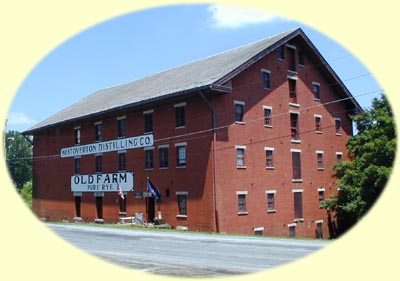
|